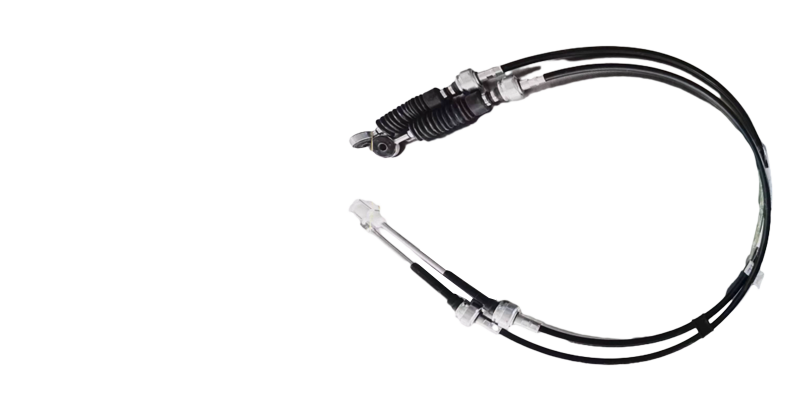Handbrake Cable Adjustment and Maintenance Tips for Optimal Performance
Understanding Hand Brake Cables Function, Types, and Maintenance
The hand brake, commonly known as the emergency brake or parking brake, plays a critical role in the safety and functionality of a vehicle. One of its essential components is the hand brake cable, which facilitates the effective engagement and disengagement of the brake system. In this article, we will delve into the purpose of the hand brake cable, the different types available, and maintenance tips to ensure its longevity.
The Role of the Hand Brake Cable
The primary purpose of the hand brake cable is to connect the hand brake lever to the braking mechanism at the rear wheels of a vehicle. When the driver pulls the hand brake lever, the cable transmits that force to engage the brakes, preventing the vehicle from rolling when parked. This is particularly important on inclined surfaces and serves as a safety measure in case the primary braking system fails.
A well-functioning hand brake system is not only crucial for secure parking but also plays a role in certain driving scenarios where additional braking force is needed, such as during off-road driving or when maneuvering in tight spaces.
Types of Hand Brake Cables
There are two main types of hand brake cables single cable systems and dual cable systems
.1. Single Cable Systems This system uses one cable that runs from the hand brake lever to a single point on the rear brakes. It is typically found in older vehicles or simpler designs. While this system is straightforward and cost-effective, it may not provide the most balanced braking force to both rear wheels.
2. Dual Cable Systems Many modern vehicles use a dual cable system. In this configuration, two cables run from the hand brake lever—one for each rear wheel. This setup ensures that equal force is applied to both sides, enhancing the stability and efficiency of the hand brake system. The dual cable system also allows for more precise control over the braking mechanism, making it preferable in contemporary automotive design.
hand brake cable

Maintenance of Hand Brake Cables
Regular maintenance of the hand brake cable is essential for reliable performance. Here are some tips to ensure the longevity of your vehicle’s hand brake system
- Routine Inspections Periodically check the hand brake cable for signs of wear, rust, or damage. Look for fraying, kinks, or cracks in the cable sheath that could compromise its integrity.
- Lubrication Apply a suitable lubricant to the cable and its components to prevent rust and ensure smooth movement. Make sure to use a lubricant designed for automotive applications to avoid any damage to the cable.
- Adjustment Hand brake cables may stretch over time, leading to reduced effectiveness. It's essential to adjust the cable tension regularly to ensure that the hand brake engages and releases as it should. Consult the vehicle owner’s manual for the correct procedure and specifications.
- Replace When Necessary If the cable is extensively damaged or shows signs of significant wear, it’s important to replace it promptly. Ignoring a faulty hand brake cable can lead to a complete failure of the hand brake system, posing a serious safety risk.
Conclusion
In summary, the hand brake cable is a vital component of a vehicle's braking system, ensuring safety when parked and providing additional control during specific driving scenarios. Understanding the role of this component, recognizing its types, and committing to regular maintenance will not only enhance your vehicle’s performance but also contribute to your overall safety on the road. Whether you are a seasoned mechanic or a car owner, acknowledging the importance of the hand brake cable is crucial, and taking proactive steps can ensure its reliability for years to come.
-
Workings of Clutch Pipe and Hose SystemsNewsJun.04,2025
-
The Inner Workings of Hand Brake Cable SystemsNewsJun.04,2025
-
The Secrets of Throttle and Accelerator CablesNewsJun.04,2025
-
The Hidden Lifeline of Your Transmission Gear Shift CablesNewsJun.04,2025
-
Demystifying Gear Cables and Shift LinkagesNewsJun.04,2025
-
Decoding Clutch Line Systems A Comprehensive GuideNewsJun.04,2025
